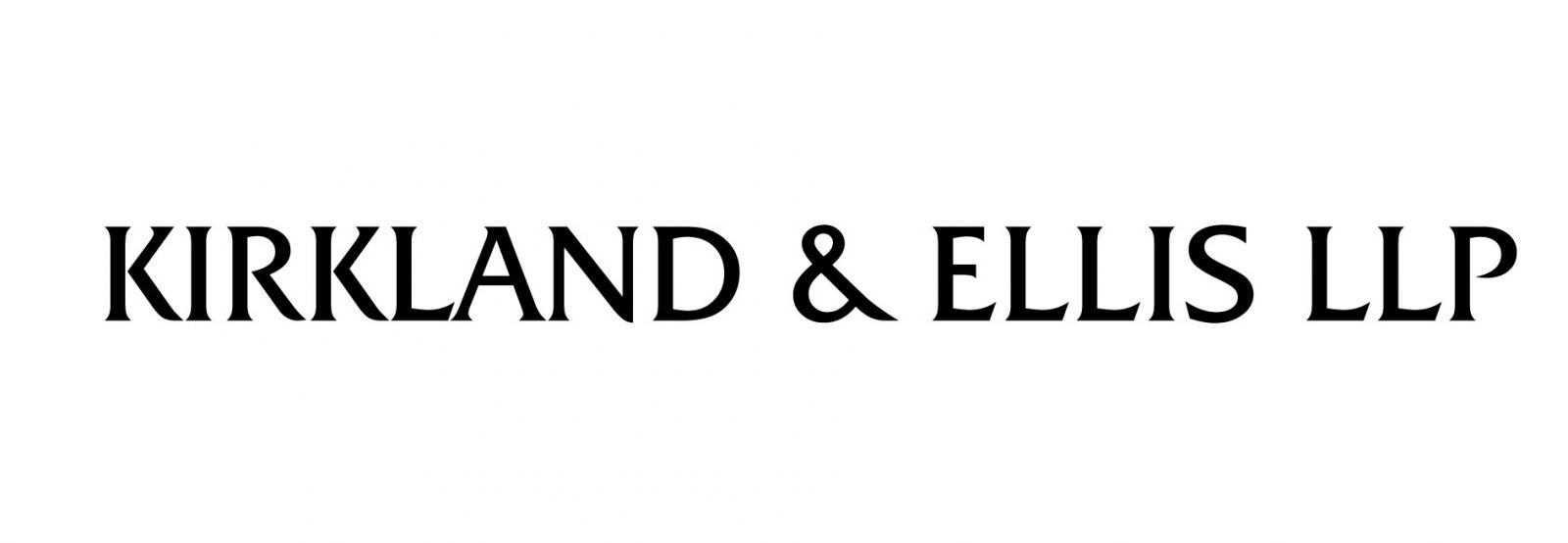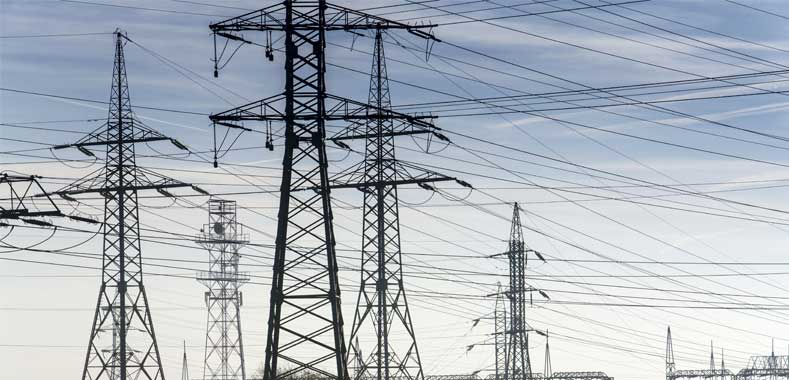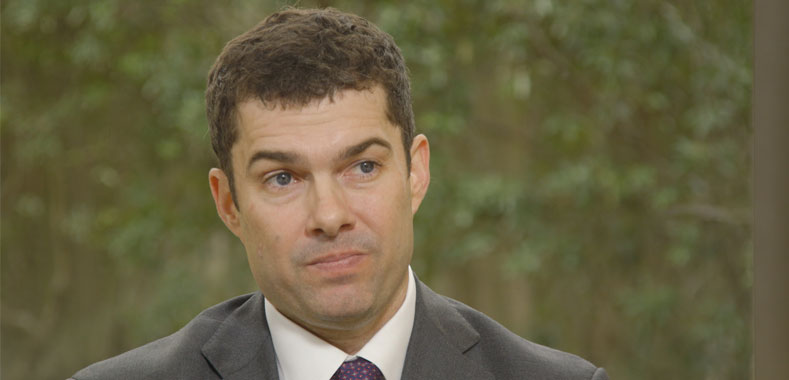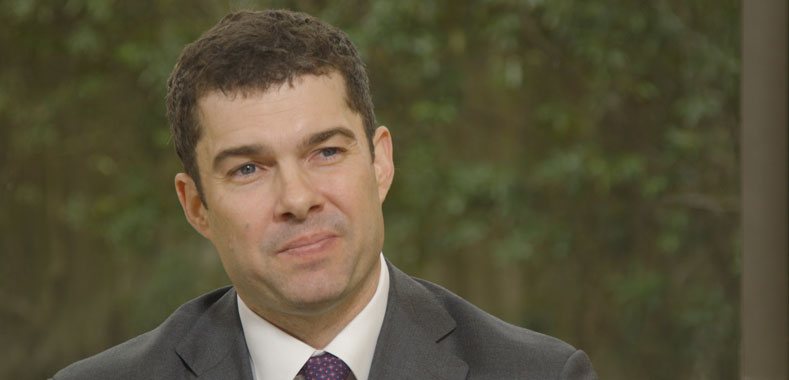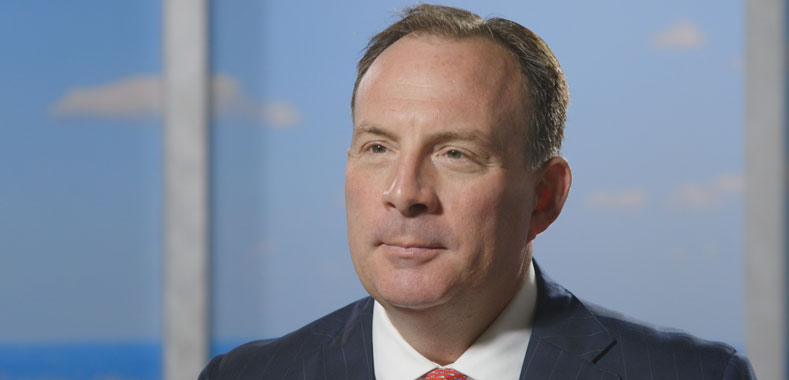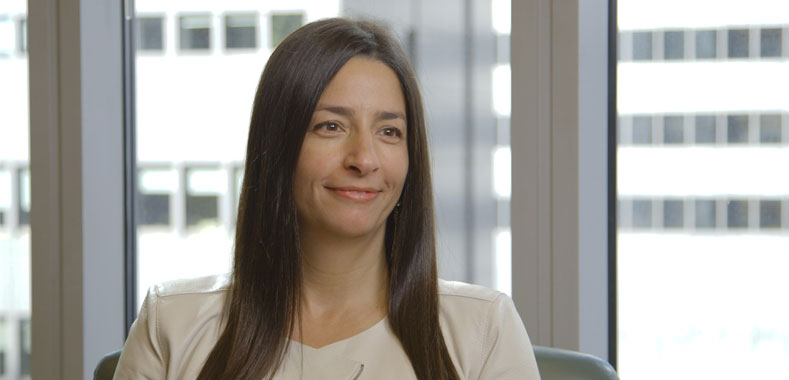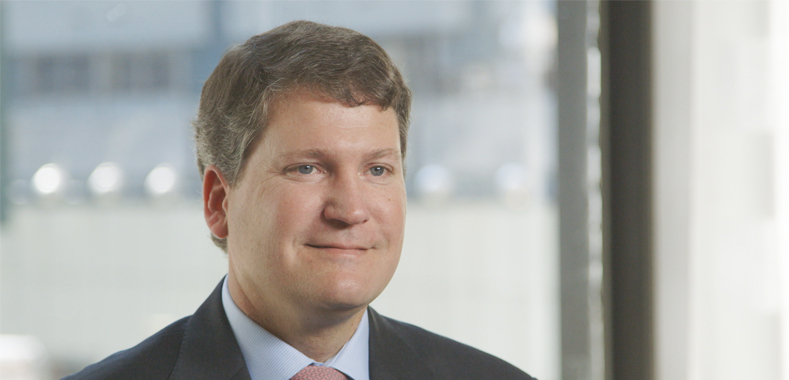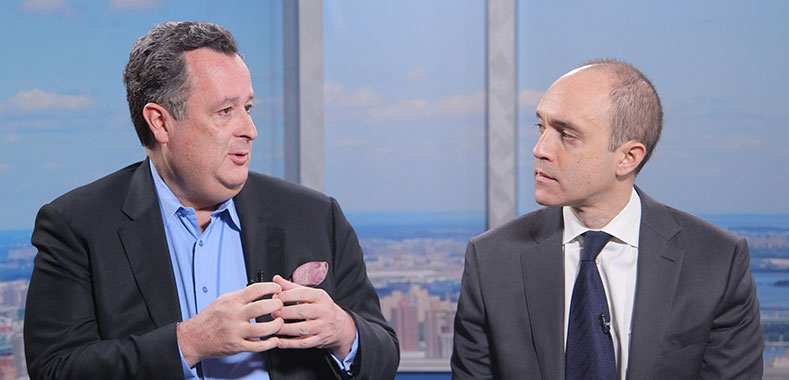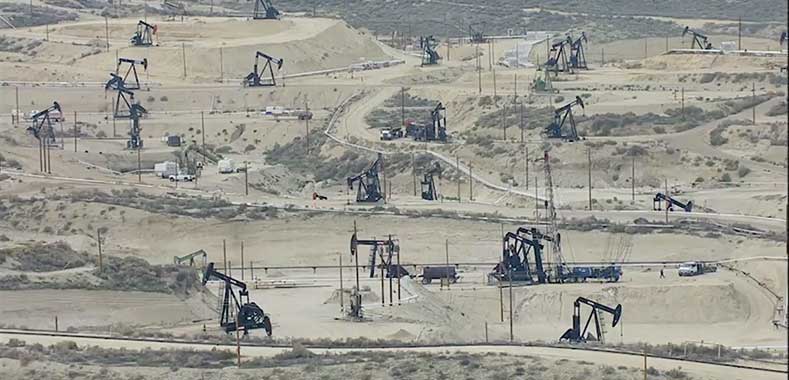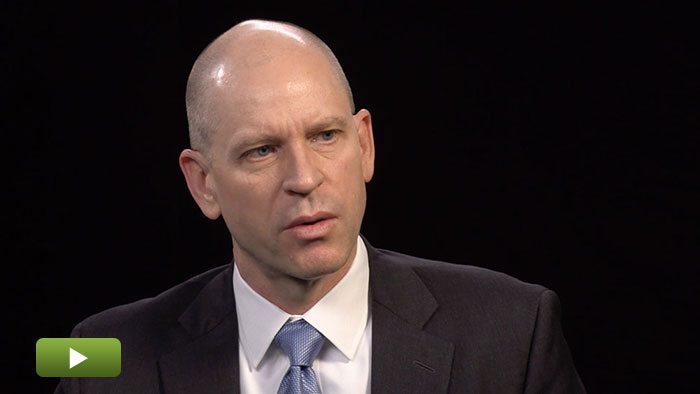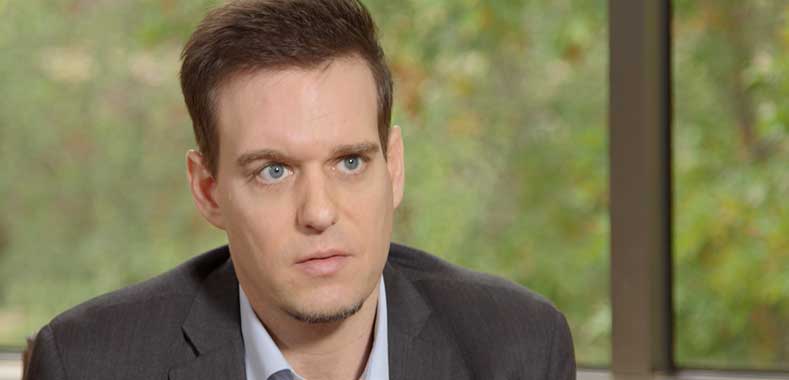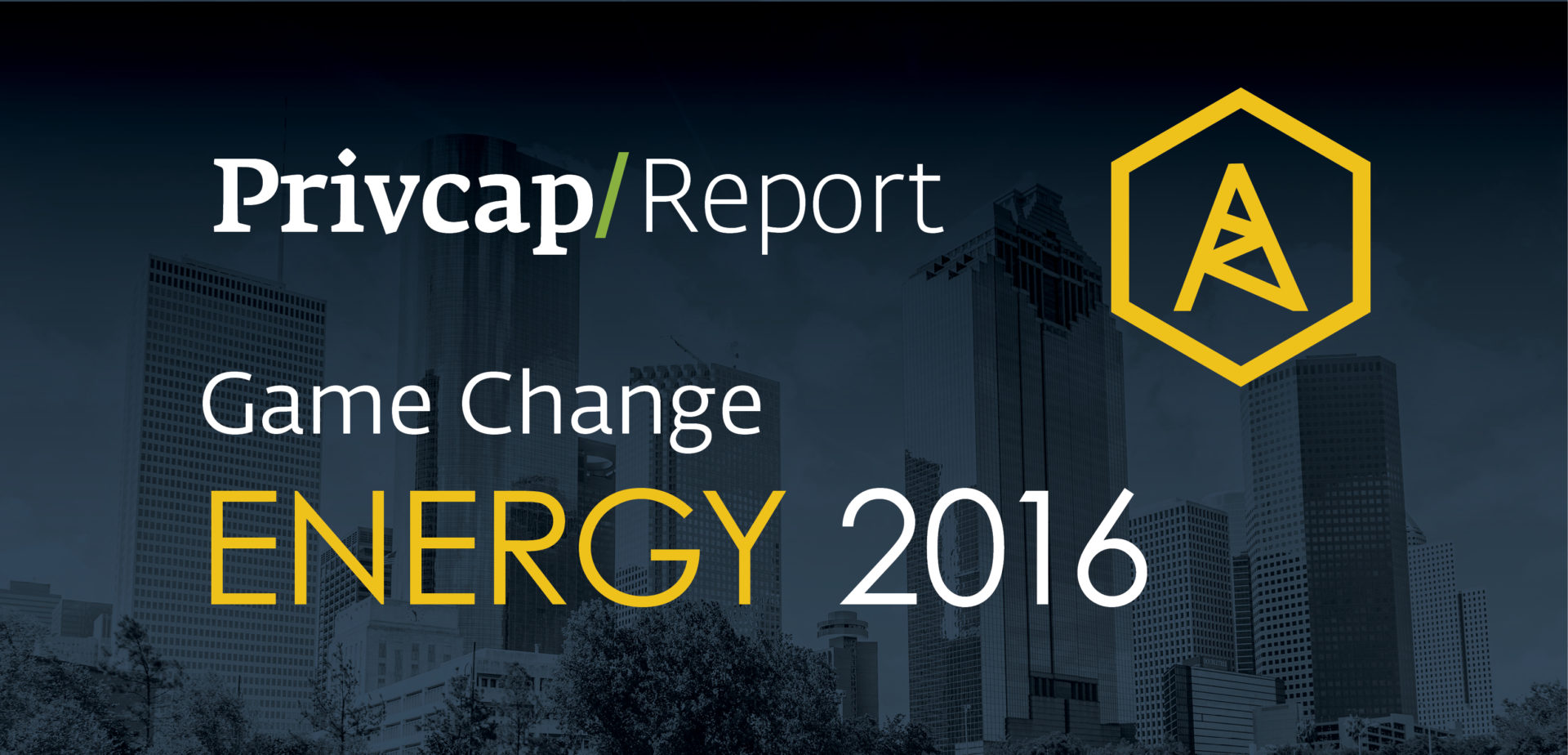Inside Today’s Energy M&A Market
Senior partners from WL Ross and Kirkland & Ellis survey the landscape for energy M&A and restructuring opportunities
As we enter the third year of the oil and gas downturn, M&A activity seems to be returning. More companies are seeking capital solutions and the pace of restructurings is increasing. Privcap spoke with two veterans of the energy market to learn more about how these deals have come together. Shaia Hosseinzadeh is the managing director responsible for energy at WL Ross & Co. Andrew Calder is a Partner in the Houston office of law firm Kirkland & Ellis. He specializes in mergers, acquisitions and restructurings in the energy sector. The two discussed the attributes of successful transactions, why rocks matter as much as the balance sheet and the impact of banks withdrawing from the oil patch.
Privcap: I’ve heard an analogy that the oil and gas market today is a bit like “Hunger Games,” in which the weaker players are gradually getting killed off by the stronger players. Any truth to that?

Andrew Calder, Kirkland & Ellis: I definitely agree with the first part of the analogy, that the weak players have suffered badly. I’m not sure I would necessarily say the rest have thrived. I think clearly some players in the industry have been able to take advantage of some of the dislocation. But overall I think for many of the players in the industry, even if they had a healthier balance sheet going into this, they’re certainly looking very nervously over their shoulders.

Shaia Hosseinzadeh, WL Ross: We’ve seen a large number of small startups created to commercialize on this new-found resource abundance in North America. This growth has been largely financed on the back of stable and high oil prices and easy credit. The debt-to-cash flow ratio has increased from 1x pre-shale to 5x today. And now, obviously, we have seen a 60% collapse in oil prices.
The first wave of bankruptcies was largely companies that carried too much debt and had high-cost assets to begin with. Two years into the downturn, we have cut the fat, then the muscle and are now going through the bone. With some $150 billion of maturities looming, we need either price or production growth or we will see the next wave of reshuffling. Not all will be bankruptcies – this second wave will range from asset divestitures to basin consolidation to debt-for-equity conversions. The singular theme is to create financial flexibility, scale and operating synergy in a lower-for-longer environment.
Privcap: What have been some commonalities you’ve seen across different restructuring deals?
Calder: These deals center on two basic issues. One is the quality of your assets, the quality of the rocks. The second is the amount of debt you’ve used to finance operations. Those are really the two toggles that have caused issues on balance sheets. The weaker folks that had used a ton of debt are the first to go because when the value of your asset drops, you’re going to have a problem with servicing that leverage.
The ones that have done best had a prudent approach to leverage, and the best assets. It’s just math.
Privcap: Let’s talk about deal flow dynamics – who is showing up as potential investors in distressed restructurings?
Calder: You’re starting to see true distressed hedge funds come in as they always do when there’s significant distress in any sector of the economy. This is what they do for a living. You see situations where they’re sponsoring a plan or they’re trying to do something to influence the restructuring or loan-to-own strategy.
Hosseinzadeh: At the outset, we saw many non-traditional energy investors – folks who hadn’t built in-house energy capability – that accumulated bonds or bank loans at discounted prices based on a view that oil prices were going to recover quickly. The performance of these investments serves as a cautionary tale. You can restructure balance sheets but you can’t restructure bad rocks. Asset quality matters and it matters even more when oil prices stay low.
Privcap: Andy, as an advisor to both sides of the table in energy restructuring situations, what issues tend to be of utmost importance?
Calder: In a bankruptcy process, I know it sounds crazy to say, but price is almost irrelevant. The price will be set by the market. It’s all going to be subject to the light of transparency in front of the court.
In a negotiated one-on-one transaction, what you really focus on beyond price is ensuring that you’re getting a clean set of assets. You’re ensuring that allocation of liability is not getting passed on to the buyer. You want to ensure that you’ve got visibility and get it done within a reasonable time period. There’s nothing buyers like less than investing a bunch of time and money in a situation and then finding out the whole thing was for naught six months up the line.
Privcap: Shaia, how are private equity firms like yours distinguishing themselves as potential partners to a restructuring?
Hosseinzadeh: In the old paradigm, about 50 cents of every dollar of debt in the upstream business was funded with reserved-base lending. This was perceived to be a safe loan no matter what. With several large bankruptcies resulting in losses, that perception is now changing. What’s more, regulation is making it unpleasant for the commercial banks to stay in that business even when the loans are sound. This means that creditors will have to rely on asset sales to pay down debt.
Many companies don’t want to sell assets at this point in the cycle. Here, buyers can differentiate themselves by crafting solutions that go beyond a simple line-of-equity commitment or an outright buyout. Those of us in the private equity business that have the ability to get creative to meet the needs of sellers can access a larger universe of opportunities.
Calder: Private equity likes situations that require creative solutions. When you see the dislocation we’ve had as a result of the drop in commodity prices, that doesn’t necessarily scare private equity off.
Compare that to the traditional lenders. Look, there will always be a place in this industry for bank borrowing facilities because they are a very flexible form of financing for upstream companies. But at this stage in the cycle, I don’t think you’re going to find too many commercial banks that are absolutely desperate to increase their exposure to this industry. Whereas what we have seen in the private equity space is since January 1, 2016, many of the PE guys have started to deploy capital in a disciplined way, and being very picky over the assets they go after.
Privcap: What do you see driving deal flow over the next 12 months or so?
Hosseinzadeh: Increased volatility tends to be accompanied by multiple compression. You’ve got an environment today where oil prices have been on a roller coaster from $27 to $50 and then back down to $40 and now back up to $50 in just the year-to-date period. It’s really difficult to price assets with this much volatility when few people can agree even roughly on what oil prices ought to be in the future. So cash buyers want a price concession.
At the same time, most commodity industries go through consolidation during down cycles. We expect the next wave of M&A to be driven by consolidation. There are three reasons why buyers might want to buy in this environment. First is to add to core positions and maybe divest non-core positions. Second, for some large players it’s to buy cash flow or de-lever more cheaply than through the drill-bit. Third, some private players may wish to use M&A as a way to access the public market to grow.
Senior partners from WL Ross and Kirkland & Ellis survey the landscape for energy M&A and restructuring opportunities


